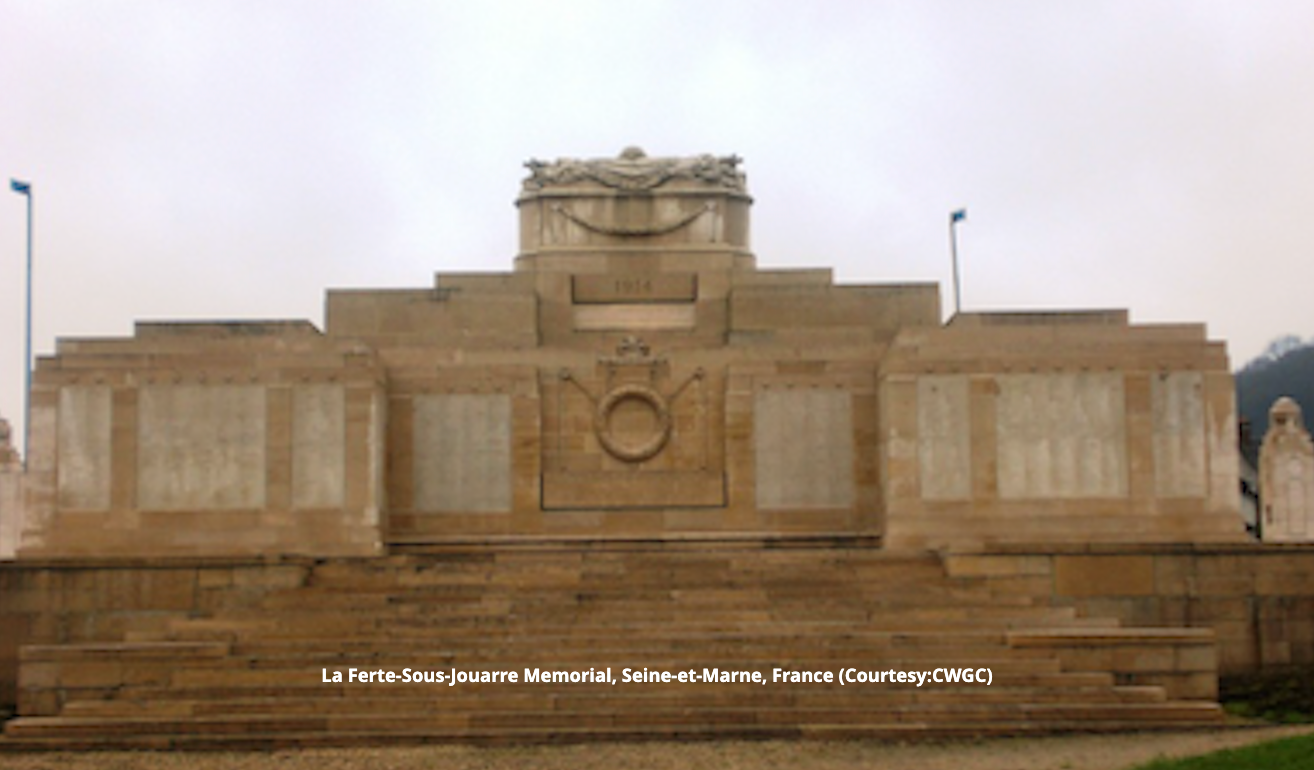Fallen in September 1914:
John Males
JOHN MALES
11158 Rifleman
1st Bn. King’s Royal Rifle Corps
Died Monday, 14th September 1914
Remembered with Honour, La Ferte-Sous-Jouarre Memorial, Seine et Marne, France, Stone No.23
John Males was a native of Kilburn,
Middlesex and the youngest son of Edward and Matilda. He was born in 1890 and
had six older siblings, the eldest of which was twenty years older than John. His
parents were originally from Hertfordshire; Edward from Deadman’s Ash, Sarratt
and his mother Matilda, from Crouchfield in Boxmoor. Edward and Matilda had a
total of twelve children, four of whom died young. It is evident from census
records and the location of their children’s birthplaces that Edward and
Matilda moved quite regularly between Hemel Hempstead, London and Luton,
presumably to where work was available.
John came from a working-class family and his father and brothers had variously been bricklayer’s labourers or general labourers. The 1901 census return records his father Edward’s employment as "Scavenger" (a dustman or street sweeper). His mother had previously been employed in straw plaiting, a very common occupation in and around Hemel Hempstead in the 19th century, but which had almost died out by the start of the 20th . These were relatively low paid jobs and often seasonal or based on piece work. A labourer in London in the 1890’s could earn approximately 22 shillings for a six-day week working 10 hours a day, whilst a street sweeper in 1901 could expect about 17 shillings.
1911 Edward and Matilda had settled back in Boxmoor and were living in Pullar Road, Crouchfield and both were recorded on the census as old aged pensioners.
John was a regular soldier serving with 1st Bn. King’s Royal Rifle Corps which at the outbreak of war was stationed at Salamanca Barracks, Aldershot. The 1st Bn. KRRC were part of the 2nd Division, 6th Brigade and designated part of the British Expeditionary Force (BEF) which would be despatched to the continent in the case of a general European war. When the First World War broke out, in August 1914, the BEF was immediately mobilised and sent to support the French and Belgian armies.
Salamanca Barracks, Aldershot where John was garrisoned before the war (Phot: Public Domain)
The Battalion entrained at Farnborough on 12th August 1914, only six days after Britain had declared war on Germany. Following an arduous sea crossing it arrived in Rouen on 13th August before travelling to Amiens a day later. There followed a period of movements south and east, during which the KRRC saw action at the Battle of Mons in August, the First Battle of the Marne and the First Battle of the Aisne, both in September 1914. It was during this last engagement that John fell.
The Battalion war diaries record its casualties between the 14th and 21st September as "27 killed, 136 wounded and 18 missing". John was one of the ‘missing’ and his military records list him "Accepted as Died" on Monday, 14th September 1914, the second day of the First Battle of the Aisne.
John is one of the thousands of soldiers whose remains were either never found or identified and therefore have no known grave. He is remembered with honour on La Ferte-Sous-Joarre Memorial which is 66kms to the east of Paris on the River Marne. John was 24 years old when he fell.
He was eligible for the 1914-15 Star, the British War Medal and the Allied Victory Medal.
